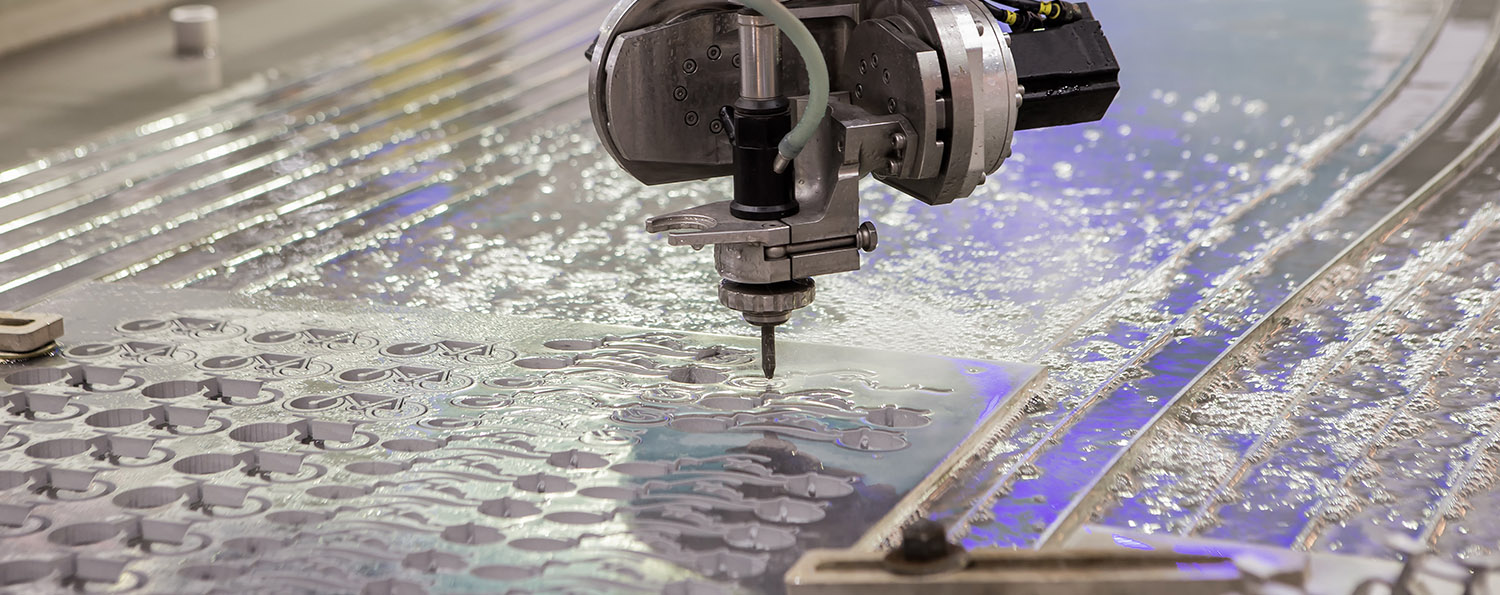Handling Difficulties in Industrial Cutting Operations
In the fast-paced world of production industries, precision and efficiency are crucial. Businesses continually seek innovative solutions to enhance their cutting operations, ensuring they continue competitive in a market that demands top-notch results in minimal time. Among the countless techniques available, laser and waterjet cutting service s shine as very effective methods that cater to a diversity of materials and applications. However, like any technology, these cutting methods come with their unique array of challenges that require navigation and thoughtful planning.
Understanding the intricacies of production cutting processes is critical for manufacturers aiming to optimize their operations. From selecting the right technology to managing costs and ensuring safety, there are many factors that come into play. This article delves the complexities faced in industrial cutting operations, emphasizing effective strategies to overcome usual obstacles while utilizing the advantages of advanced cutting services like laser and waterjet technology. By addressing these challenges, manufacturers can enhance their ability themselves to optimize their operations and achieve their production goals.
Overview of Cutting Technologies
In the area of industrial industry, cutting technologies are essential for forming materials into specific configurations. Among the widely utilized approaches are laser and waterjet cutting processes, both of which present unique advantages and capabilities. Laser cutting utilizes a high-intensity beam of laser light to cut or melt material, yielding precision cuts with little thermal distortion. This process stands out in processing metals, synthetics, and fabrics, making it flexible for diverse applications.
On the contrarily, waterjet cutting employs a pressurized stream of water, often mixed with granular material, to exactly cut through materials. This technique is particularly efficient for dense materials and those vulnerable to heat, as it avoids thermal stress. Waterjet cutting is frequently utilized for materials such as stone, crystals, and composites, enabling manufacturers to produce intricate designs without harming the integrity of the workpiece.
Both laser and waterjet cutting methods have changed the manufacturing landscape. They enable rapid prototyping, reduce material waste, and improve overall efficiency. As industries continue to advance, incorporating these cutting technologies into practices will be essential for remaining competitive and fulfilling the needs of current production processes.
Advantages and Drawbacks
Laser cutting offers accuracy and neatness in manufacturing processes. The method can cut intricate designs with high accuracy, making it perfect for detailed work in various materials such as metal alloys, plastics, and timber. The zone affected by heat is small, which reduces the chance of deformation, ensuring excellent finishes. Additionally, this technique is often quicker than traditional methods, boosting productivity and allowing for rapid prototyping and production.
On the other hand, laser cutting does have shortcomings. It may have difficulty with heavy materials, as the intensity required can be inadequate for cutting through thick metal sheets or dense composites. This can lead to reduced operation speeds or the need for several cuts, which counteracts some of the advantages of speed. Moreover, the initial investment in laser cutting systems can be significant, making it a more expensive option for smaller operations or startups.
Waterjet cutting presents a different advantages, particularly in its versatility. It can cut through a wide range of materials, including metallic materials, ceramic materials, glass, and rock, without introducing thermal energy that can change the material's properties. This method is ideal for delicate components or sensitive materials that might be damaged by heat. Additionally, waterjet cutting produces clean edges and is an eco-friendly option, generating no toxic emissions or contaminants. However, the process can be slower than the use of lasers, and the equipment's complexity of operation may require skilled personnel for effective use.
Best Strategies for Execution
Implementing an effective industrial machining operation requires detailed planning and thought of both techniques and procedures. Initially, choosing the appropriate cutting method, whether laser or hydro cutting service, is essential. Elements such as the type of material, thickness, and required precision should guide this choice. Moreover, it’s vital to put resources in equipment that matches your production scale, ensuring that the features of your equipment align with your operational needs, ultimately enhancing effectiveness and output.

Training personnel on the details of cutting technology is another key aspect of successful implementation. Staff should be well-versed in not only the equipment itself but also in resolving possible problems that may occur during operation. Frequent workshops and education sessions can assist keep skill levels, enhance security practices, and ensure the workforce informed on the latest cutting techniques and innovations. Empowered employees who understand the equipment's capabilities will aid to a more efficient operation.
Finally, ongoing monitoring and maintenance of cutting machinery is critical. Establish a scheduled maintenance schedule to avoid unexpected interruptions that can disrupt output. Utilizing data analysis can assist in evaluating machine performance and identifying issues early on. Keeping a close eye on the standard of the cutting results will also aid in making necessary modifications, ensuring that the necessary standards are met consistently across all tasks.